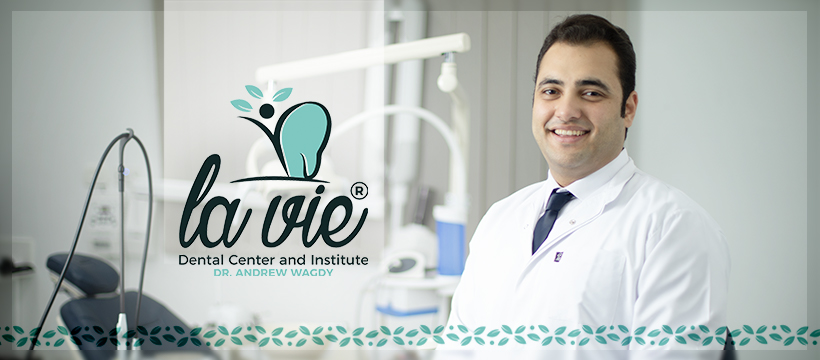
Daily tooth cleaning is the first line of defense against cavities and gum disease. To maintain good oral health, you should brush your teeth twice a day using a soft toothbrush and fluoride toothpaste, for at least two minutes each time.
However, brushing alone is not enough! Using dental floss once a day is essential to reach areas that the toothbrush cannot clean, especially between the teeth. Also, don’t forget to clean your tongue, as it can be a breeding ground for bacteria that cause bad breath.
Neglecting oral hygiene leads to plaque and tartar buildup, which can cause gum bleeding, enamel erosion, and cavities.
If you notice signs like a white or yellowish layer on your teeth or bleeding while brushing, these are signs that cleaning is not sufficient.
The solution? Improve your technique and use appropriate tools like interdental brushes or a water flosser when needed.
When to Visit the Dentist?
If the bleeding continues, or if you feel tartar is building up quickly despite brushing, you should visit the dentist. They will likely perform a routine exam, show you the proper cleaning technique, and may provide a professional cleaning.
Before your visit, be prepared:
Bring your toothbrush and floss with you so the dentist can guide you practically.
By the way, "tartar" is sometimes referred to as "calculus," and it cannot be removed by regular brushing. You will need to have a professional clean it, so we recommend regular visits to the dentist every six months.


